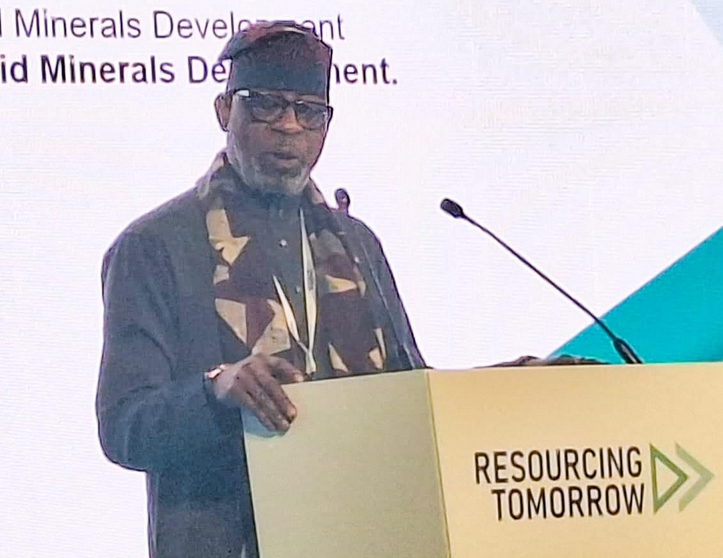Earth’s ozone layer is on track to recover in four decades, according to the United Nations. This progress is the result of decades of international cooperation to phase out harmful chemicals that deplete the ozone layer.
“Ozone action sets a precedent for climate action,” said World Meteorological Organization Secretary-General Petteri Taalas in a January 9 statement.
“Our success in phasing out ozone-eating chemicals shows us what can and must be done — as a matter of urgency — to transition away from fossil fuels, reduce greenhouse gases and so limit temperature increase.”
Scientists first noticed the ozone — an odourless, colourless gas that absorbs ultraviolet radiation from the sun — was disappearing from Earth’s stratosphere in 1985 when a large hole in the ozone layer was discovered over Antarctica. They soon found that manufactured chemicals, such as chlorofluorocarbons (CFCs) from aerosols and refrigerators, were causing the depletion — not just over the continent but other parts of the world as well.
Alarmed by the discovery, the international community adopted the Montreal Protocol in 1987, which phased out the production and consumption of CFCs and other ozone-depleting substances. The protocol was amended several times to phase out additional ozone-depleting substances. All 197 countries joined the agreement, making it the first U.N. treaty to be universally ratified.
The international community’s action means the ozone is now expected to recover by:
- 2066 over the Antarctic.
- 2045 over the Arctic.
- 2040 around the rest of the world.
The United States is taking additional steps to address the harmful impacts of certain gases in the stratosphere by ratifying the Kigali Amendment to the Montreal Protocol, which went into effect for the United States January 29.
The Kigali Amendment calls for a phase down in the production and consumption of hydrofluorocarbons (HFCs), which are greenhouse gases that are far more potent than carbon dioxide and often used in aerosols, foams, refrigeration and air conditioning.
As the 140th country to ratify the amendment, the United States is contributing to global efforts to avoid as much as a half a degree Celsius of global temperature rise this century. The nation will also find alternatives to HFCs by investing in clean technology and manufacturing jobs.
“The United States is back at the table leading the fight against climate change,” said President Biden September 21, 2022, after the Senate voted to approve the amendment. “As more countries join the United States in ratifying this amendment, we can prevent up to half a degree Celsius of warming this century, a significant contribution to fighting climate change and protecting communities from more extreme impacts.”











